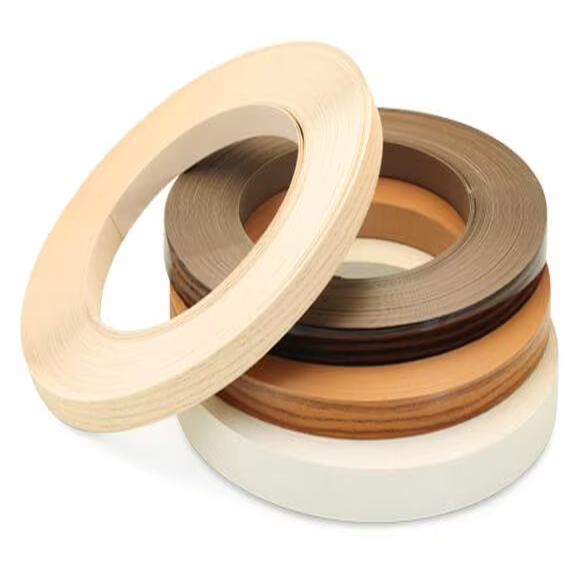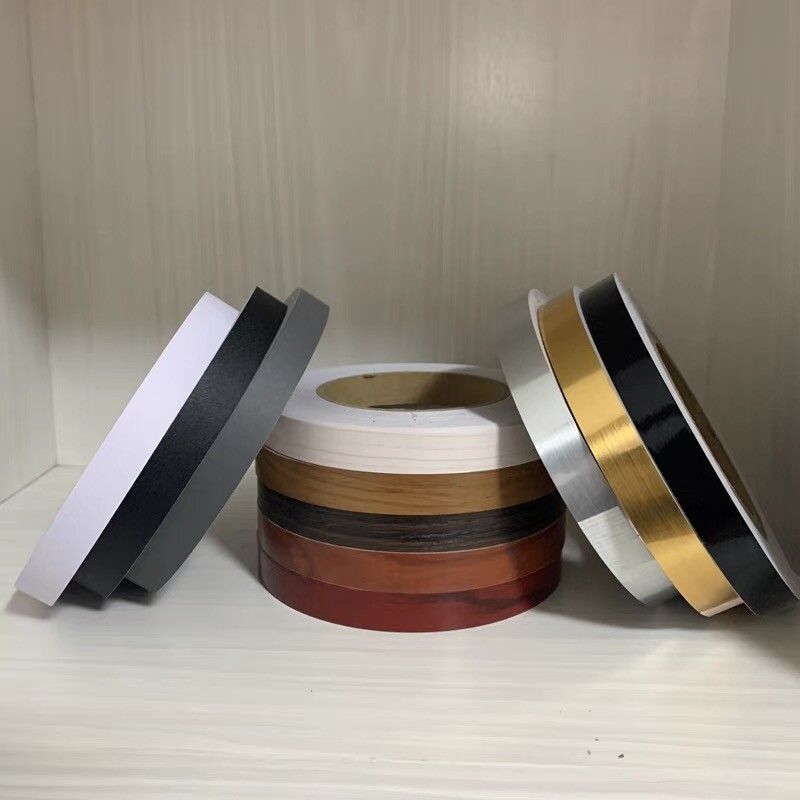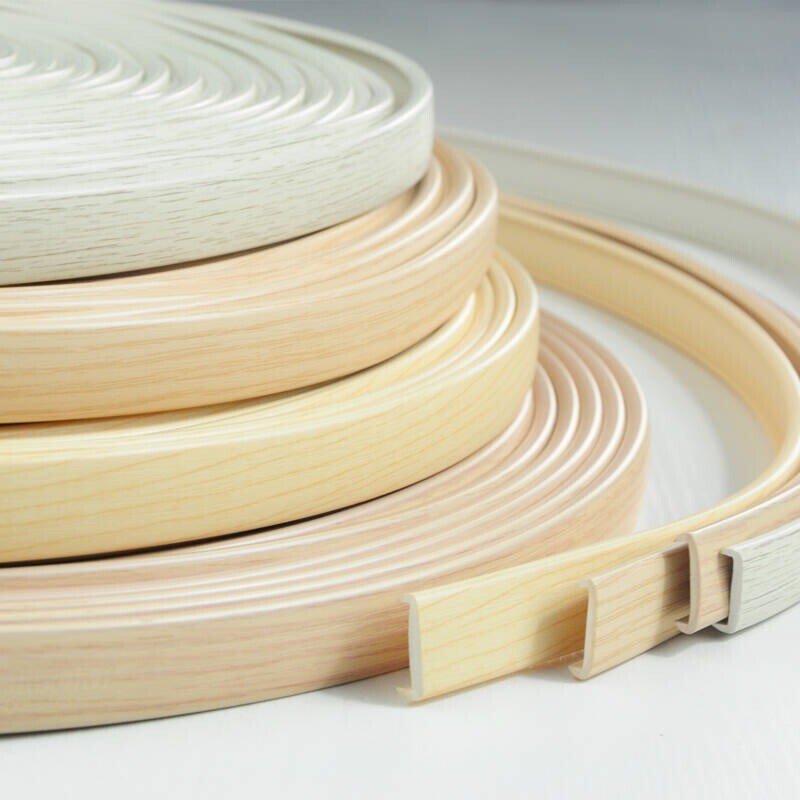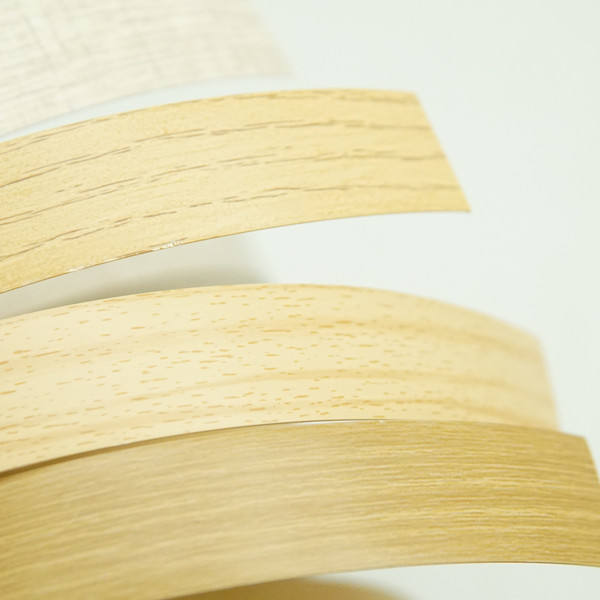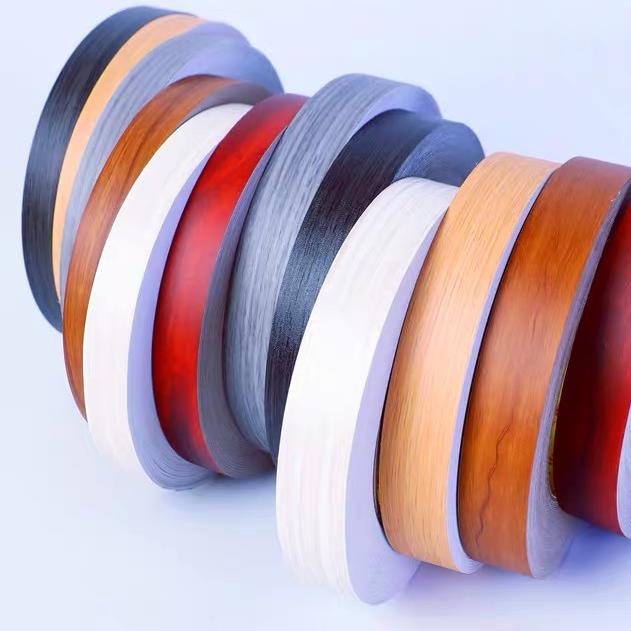We specialize in providing comprehensive furniture solutions, offering both ODM and OEM services.
News
What are the similarities and differences between laser edge banding and ordinary edge banding?
In the evolution of furniture edge banding technology, laser edge banding, as a new process, forms a sharp contrast with the traditional ordinary edge banding. The two are both related and significantly
different in terms of technical principles, process characteristics and application scenarios.
I. The Essential Difference in Technical principles
Laser edge banding uses a high-energy laser beam to heat the special hot melt adhesive layer (usually made of polyamide PA material) on the back of the edge banding strip. When the laser irradiates,
the absorbent in the adhesive layer converts light energy into heat energy, causing the adhesive layer to melt instantly (with a temperature of up to 200-250 ℃) and form a molecular-level bond with
the edge of the sheet. This process does not require additional adhesive application. The edge banding strip itself has a functional adhesive layer and belongs to the "glue-free line edge banding"
technology.
Ordinary edge banding relies on traditional gluing processes. EVA or PUR and other hot melt adhesives are evenly applied to the edges of the board through a hot melt adhesive machine, and then
the edge banding strips are pressed together by a press wheel. Take EVA edge banding as an example. The thickness of the adhesive layer is usually between 0.1 and 0.3mm, and visible adhesive lines
are formed after cooling. Although the adhesive layer of PUR edge banding is thinner (about 0.05mm), it still belongs to "edge banding with adhesive lines".
Ii. Multi-dimensional Comparison of Process chara cteristics
1. Appearance
Laser edge banding: After the adhesive layer is completely melted, it seamlessly connects with the board. The adhesive lines are almost invisible at the edge banding area, and the surface flatness
can reach less than 0.05mm. It is especially suitable for high-gloss and minimalist style furniture and can achieve an "invisible edge banding" effect.
Ordinary edge banding: Even if the PUR process is adopted, the width of the glue line is approximately 0.1mm, which is easily visible on dark-colored boards or high-gloss surfaces. The glue line of
EVA edge banding is more obvious, which may affect the overall appearance.
2. Durability
Laser edge sealing: It features high molecular-level bonding strength and excellent water resistance. In humid environments such as kitchens and bathrooms, it is less likely to experience delamination
or expansion. The temperature difference range it can withstand is from -40 ℃ to 120℃, and it remains stable even after long-term use.
Ordinary edge banding: EVA edge banding is prone to yellowing and cracking of the glue line in high-temperature and high-humidity environments. Although PUR edge banding has better weather
resistance, the glue layer still has an aging cycle, and its service life is usually 5 to 10 years.
Iii. Production Efficiency
Laser edge banding: The equipment investment cost is high (about 2 to 5 million RMB for a single laser edge banding machine), but the process flow is simplified, without the need for gluing and
gluing steps. The production speed can reach 20 to 40 meters per minute, making it suitable for large-scale customized production.
Ordinary edge banding: EVA edge banding requires frequent replacement of the glue bucket, while PUR edge banding has a limit on the curing time of the glue, with a production speed generally
ranging from 10 to 25 meters per minute, and requires subsequent glue line processing procedures.
Iv. Environmental Protection Indicators
Laser edge banding: The PA adhesive layer does not contain harmful substances such as formaldehyde and VOC. There is no exhaust gas emission during the edge banding process, meeting the
ENF-level environmental protection standard. It is suitable for high environmental protection demand scenarios such as children's rooms and medical facilities.
Ordinary edge banding: EVA glue contains a small amount of plasticizer. Although PUR glue is more environmentally friendly, it may release trace amounts of volatile organic compounds during
the gluing process and needs to be treated by ventilation.
V. Complementarity and Overlap of Application scenarios
Laser edge banding is mainly applied in scenarios with extremely high requirements for waterproofing and aesthetics, such as high-end custom furniture, fully decorated bathrooms, and recreational
vehicles. Brands like Italian Poliform and German Hulsta have widely adopted it. However, ordinary edge banding (especially PUR process) still dominates in mid-range whole-house customization
and office furniture, with obvious advantages in terms of cost performance. The two have formed a technical stratification in the field of edge banding for panel furniture: laser edge banding represents
"ultimate experience", while ordinary edge banding meets "mainstream demands", jointly serving different consumption levels.
Although the manufacturing processes of common edge banding strips and laser edge banding strips are significantly different, they still share some technical logics: for instance, the mechanical s
tructure of the pressure wheel system in laser edge banding is similar to that in common edge banding, and both require trimming and polishing after edge banding. From the perspective of industry
trends, laser edge banding is gradually penetrating downward. Some equipment manufacturers have already reduced the price of laser edge banding machines to around 1 million yuan. In the future,
it may directly compete with PUR edge banding, promoting the development of edge banding technology towards "glue-free and intelligent".
Ask For A Quick Quote
If you are looking for more information on our services, or how we could potentially help, we would love to hear from you!

